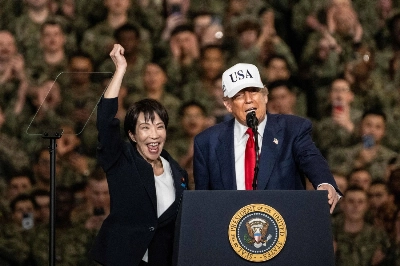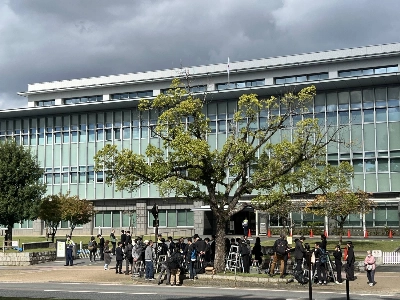Japanese art has a quality all its own. The ancient and the avant-garde merge. Prehistoric figurines seem 10,000 years deep rather than 10,000 years old. And modern art takes us back even as it propels us forward. Manga, for instance, predates its name by centuries — millennia even, you might suppose, gazing at those prehistoric Jomon figurines.
Japan's opening to the West, beginning in the 1850s, was simultaneously the West's opening to Japan — via Japanese art. "Japonaiserie" is the term coined by Vincent Van Gogh to express his and his fellow-Impressionists' awed appreciation. "All my work is based to some extent on Japanese art," Van Gogh wrote in 1888. Japanese of that time would have been shocked to hear it. Westernization fever was upon them. They little valued their own ancient masterpieces. They regarded them as backward. The future — in art as in industry, science, commerce and politics — lay, they thought, with the West.
Japonaiserie lives today. The magazine Pen, introducing its beautifully illustrated survey of Japanese art, cites as evidence current exhibitions in Paris and Moscow. It does not say whether they include Jomon pottery and figurines. They are incomplete if they do not.

















With your current subscription plan you can comment on stories. However, before writing your first comment, please create a display name in the Profile section of your subscriber account page.